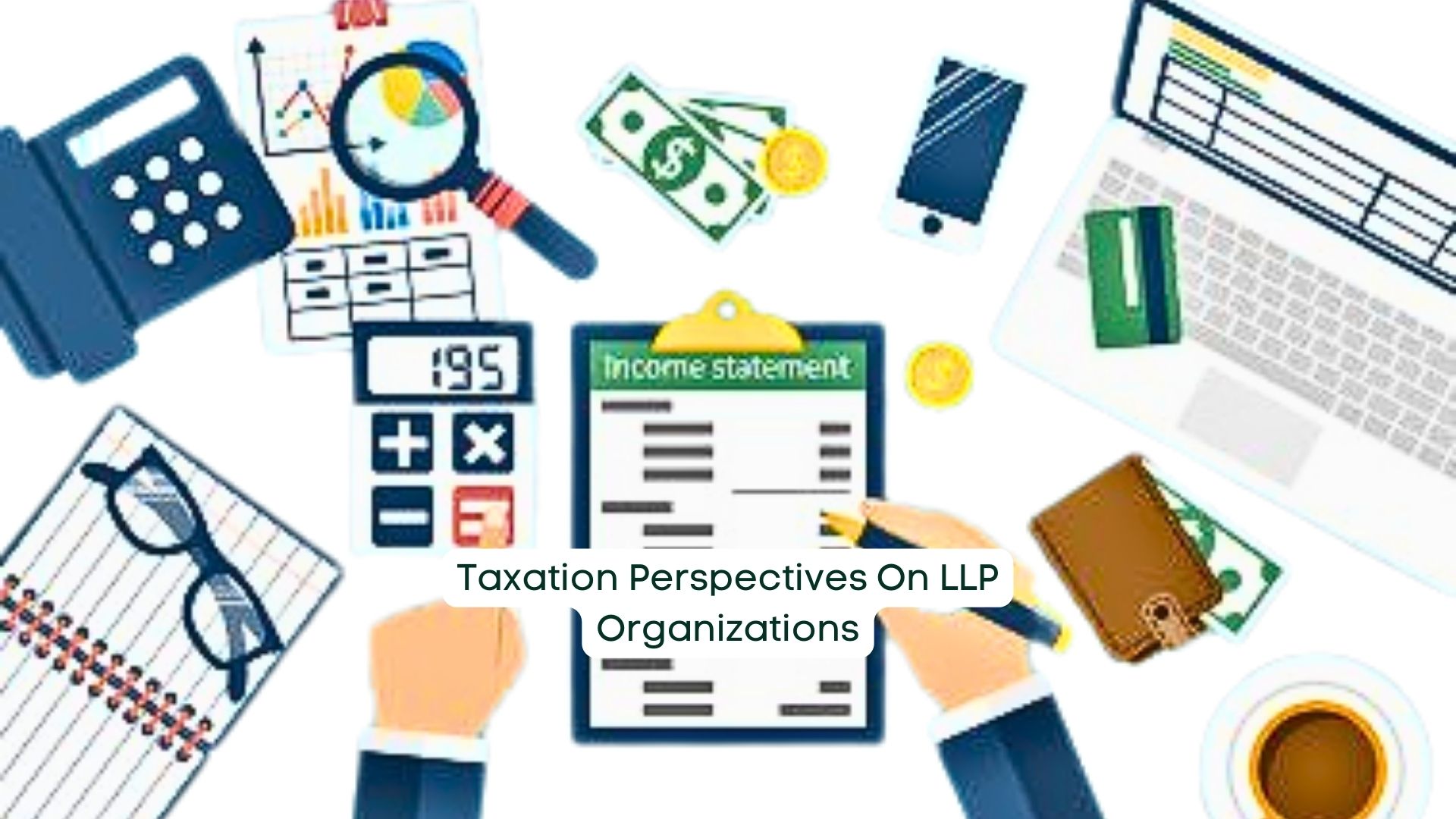
26 Feb Taxation Perspectives on LLP Organizations

The Limited Liability Partnership (LLP) Firm, governed by the LLP Act of 2008, blended elements of a firm and a company. It had statutory obligations akin to a company but was treated for taxation purposes like a partnership firm. This article delves into the taxation nuances of LLPs, examining its features, taxation rates, audit requirements, and other relevant aspects.
Basic Features of an LLP
LLP, characterized by limited liability partnership, gained traction due to its distinct attributes. These features included:
- Legal separation from partners
- Limited liability of partners to their contributions
- Absence of joint liability among partnersbility of partners to their contributions
- A requirement of a minimum of two partners with no upper limit
- Eligibility for conversion from existing partnership firms, private companies, or public unlisted companies
Taxation Rates and Audit Applicability
LLPs were obligated to maintain proper accounting records and books of accounts. Taxation was levied at rates applicable to firms.
Income Tax:
- Flat rate of 30% applied
- A surcharge of 12% imposed if income exceeded Rs.1 crore
- Health and Education Cess amounted to 4% of income tax and surcharge
Alternate Minimum Tax (AMT):
- A rate of 18.5%, plus applicable surcharge and cess, levied on LLPs claiming specified deductions
- Requirements included obtaining a Form 29C report from a Chartered Accountant
Audit was mandatory for LLPs if their turnover surpassed Rs.1 crore for goods or Rs.50 lakhs for services. LLPs were ineligible for presumptive taxation schemes under sections 44AD/44ADA.
Other Relevant Aspects of LLP Taxation
An essential aspect of LLP taxation was the allowable remuneration or interest to partners:
- Interest up to 12% per annum was permissible
- Remuneration was determined based on book profit, with certain allowances and restrictions, including:
- Non-working partners not eligible for salary, bonus, remuneration, or commission
- Adherence to partnership deed for allowable remuneration and interest
Filing Returns
LLPs adhered to similar filing deadlines as partnership firms. Return filing due dates varied depending on audit requirements or transfer pricing transactions.
Conclusion
LLP taxation, as discussed, encompassed various statutory obligations alongside tax liabilities. LLPs offered the advantages of a corporate entity while maintaining the flexibility of a firm, contributing to their increasing popularity in contemporary business setups. Understanding LLP taxation intricacies was imperative for efficient compliance and management.


No Comments